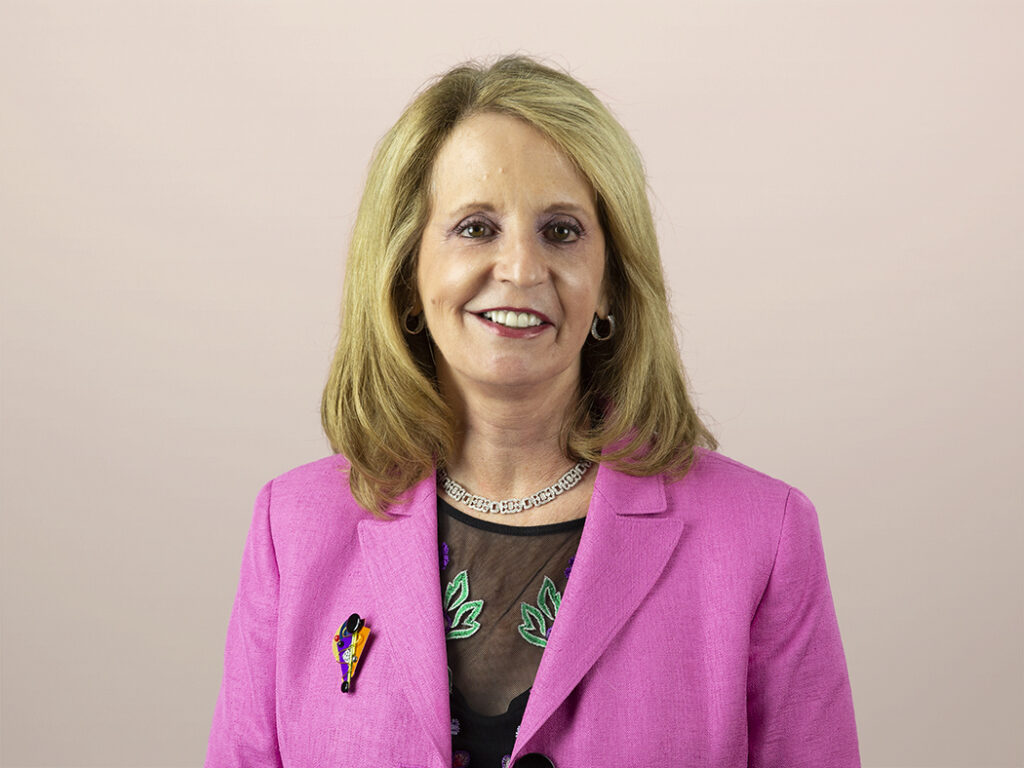It Takes A Village To Make Your Marketing Technology Investments Thrive
Having its root as an Igbo and Yoruba Nigerian proverb, “It takes a village” has come to mean that the responsibility for raising children is shared across the larger family and community. But it hasn’t stopped there. Hillary Clinton adopted this proverb as her own when she published a book on children and family values in 1995. And in May 2014, Pope Francis had a crowd of more than 300,000 school students outside the Vatican chant the saying over and over again.
This simple proverb has taken on an important meaning throughout the world, as it communicates the importance of community, cooperation, sharing, and bringing together the skills of many different parts of the community to produce the best result — the raising of a well-rounded child.
But at its core, “It takes a village” applies to more than just raising children.
In a business environment, “it takes a village” applies to how you find and then bring together the best resources to grow your business. Speaking at Salesforce Dreamforce 2014 this morning, Hillary Clinton shared her views of how organizations must do good while doing well by adopting the core values of innvation, fun and giving back to the "village" at large.
Creating your own village will empower your extended team to put their expertise to work on behalf of the success of the entire enterprise. As a CMO, you are faced with a myriad of choices about how to focus resources on the areas that will deliver the best return to your business. And you understand that you must solve the puzzle and create a village that puts the resources with the best skills to work on the right areas to deliver results.
In today’s post-digital world, first think about the complexity of your marketing technology infrastructure. This makes solving the puzzle even more difficult and complex as you seek to 1) get the most out of each team’s unique skills; 2) procure and implement technology to engage customers effectively across their entire life cycle; and 3) run and manage those technology investments to deliver the results you expect.
Wise CMOs realize that today’s environment demands consistent, seamless, and compelling engagement across all touchpoints of the customer life cycle; going beyond just marketing to include sales, order management, fulfillment, customer service, and operations. Forrester believes that only a unified business technology (BT) agenda that puts customers at the center of technology decisions, while providing a shared enterprise vision, will meet these customer demands. We define the BT agenda as:
The to-do list across roles for applying technology, systems, and processes to win, serve, and retain customers.
I’ve written about the importance of CMO and CIO collaboration to tackle many of these issues. And while progress is being made to collaborate on the purchase and deployment of technology, the operation and management of technology in support of the BT agenda is given short shrift. In fact, our research shows that one-half to four-fifths of the cost of marketing technology occurs after the first year of the initial investment.
Many of the skills you need to manage marketing tech will be found in your CIO's organization. It’s time for you, the CMO, to partner with your CIO to add these skilled resources to your village to help your marketing technology investments thrive.
And that’s where our new report “Managing Marketing Tech Investments Requires A New Partnership With Your CIO” can help. Andrew Bartels and I have outlined a framework for CMOs and CIOs to use to guarantee that your marketing infrastructure reaches its potential.
Read our new report and learn how to:
- Avoid overlooking technology management by planning for it instead. Managing any technology investment involves specific tasks, which fall outside of most marketers’ expertise. We summarize the tasks using the acronym MOMMA, which represents the first letter of each task — maintain, operate, manage, minimize, and analyze.
- Assign clear responsibility for ongoing technology management. Marketing technology cannot run by itself. Technology investments require someone to take on the responsibility for managing issues that arise, keeping costs in line with expectations, and ensuring their successful adoption and use. Avoid going it alone by seeking support from your CIO.
- Merge your team’s skills with your CIO’s team to drive value from the BT agenda. Effectively managing marketing technology requires a different set of skills than managing brand experiences, generating demand, or deciding which investments will deliver the most effective customer engagement. Your CIO’s team is staffed and skilled at operating the enterprise technology backbone. Collaborate with your CIO and focus your resources in customer-facing activity.
Savvy CMOs understand that technology is essential to delivering the rich experiences that today’s customers expect. But the reality is that managing marketing technologies on an ongoing basis is hard work. Initiate a partnership with your CIO that leverages the skills needed to manage your entire portfolio and keep it running at its best.
Our upcoming Forrester Forum for CMOs and CIOs in beautiful Napa Valley, will share Forrester and peer insights on how to build a customer-obsessed enterprise. The day and a half invitation only event will bring together strategies for unifying the data, processes, technologies and skills needed to prosper in the age of the customer. CMOs and CIOs are on the cusp of transforming their firms into customer-obsessed enterprises. Some of the speakers at our event have unlocked the magic this collaboration can yield, and we'll share what we can after the event.
In the meantime, Andy and I would love to hear your comments and perspectives. You can reach out to me via email or on my blog or share your thoughts at my Twitter account. Reach out to Andy via email or on his blog. Or to learn more, you can schedule an inquiry with either one of us.
